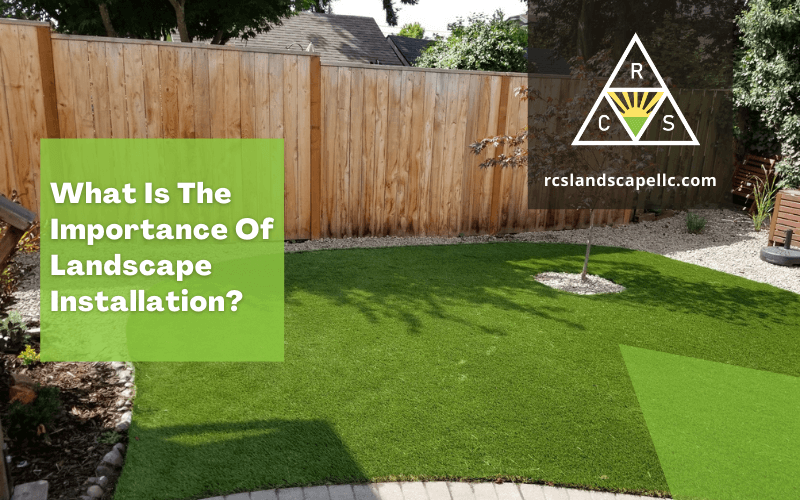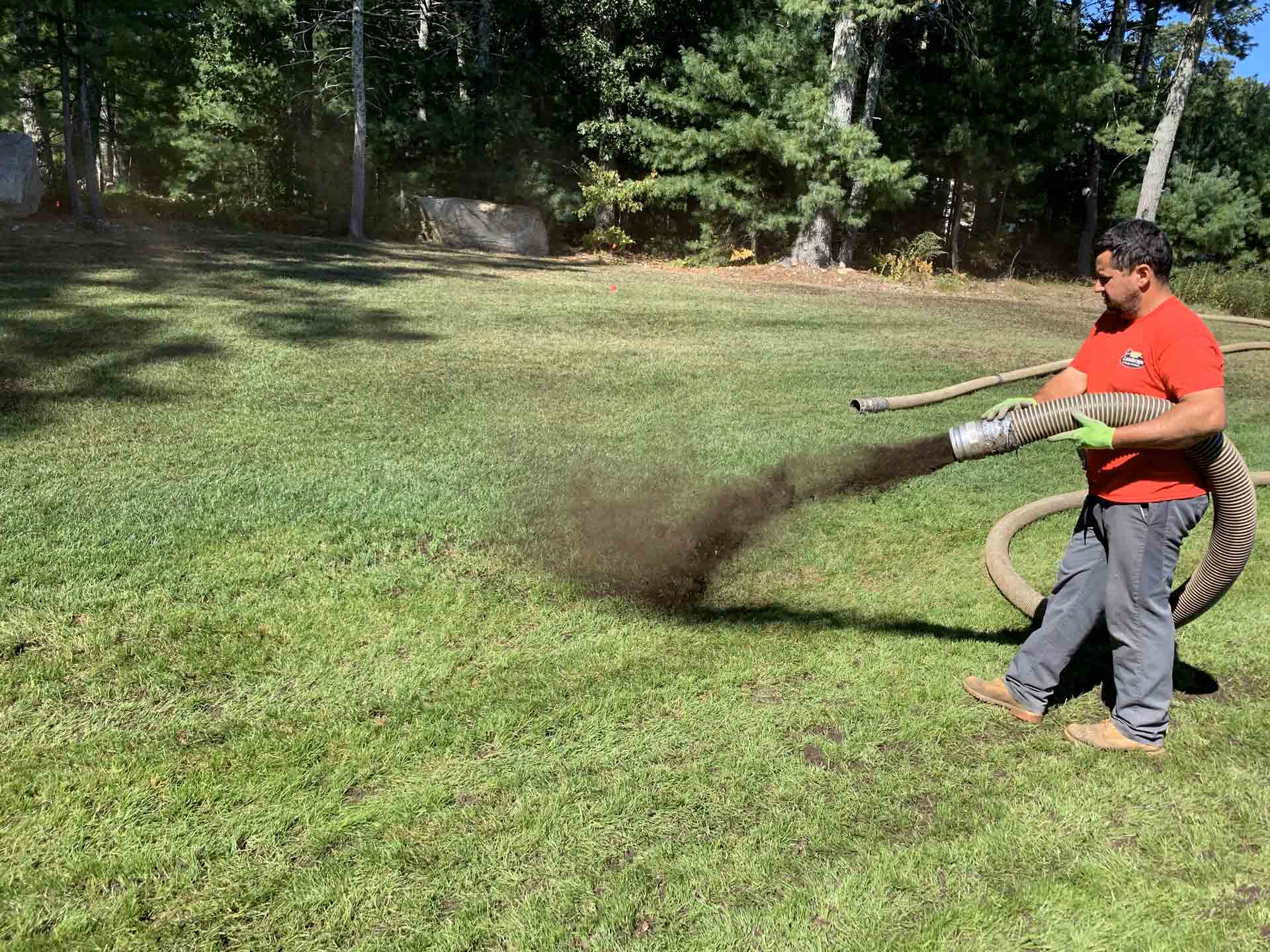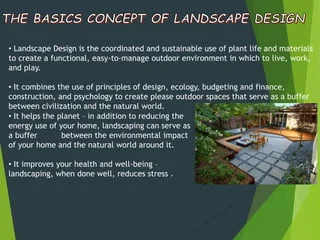8 Easy Facts About Landscape Design Explained
8 Easy Facts About Landscape Design Explained
Blog Article
The 5-Minute Rule for Landscape Design
Table of Contents5 Easy Facts About Landscape Design ShownNot known Factual Statements About Landscape Design Fascination About Landscape DesignWhat Does Landscape Design Mean?Excitement About Landscape Design
Formal design motif. Credit Rating: Gail Hansen, UF/IFAS The yard is an extension of the home where a range of tasks take area. A yard can typically be separated into 3 locations: public (the front lawn), personal (the garden), and service (normally the side lawn). The location of task locations depends primarily on the kind of location, the dimension of space required, the type of task, and the desired distance to other activities and structures.The outdoors wall of the house typically acts as the very first wall surface or beginning factor of an exterior room. Incompatible usages should be divided, and associated activities, such as cooking and eating, need to be assembled to make the lawn more effective and pleasurable. When making use of hardscape to produce spaces, utilize construction product comparable to that used in the home for continuity from your house right into the yard.
Linked rooms. Credit Rating: Gail Hansen, UF/IFAS Making use of comparable hardscape functions and repeating plants pulls the eye around the yard. Crucial factors in the process can be highlighted with plantings or features that attract attention and urge motion in a certain direction. Relocating along the course takes a person from one location to the following and enables the individual to have a variety of experiences.
Landscape Design - The Facts

For emotional comfort plants are used as physical or implied barriers for privacy and safety. Physical obstacles obstruct both the sight and access to an area and include fencings, wall surfaces and plant hedges.
Physical and indicated obstacles. Debt: Gail Hansen, UF/IFAS For these factors, the sorts of plants to be utilized (such as trees, shrubs, or groundcovers) should be chosen in the onset of planning (Landscape Design). Plant kinds are chosen for their functional capabilities to ensure that their future objective and called for area can be taken into consideration at the exact same time

The Ultimate Guide To Landscape Design
Each plant mass is in front of, behind, or next to, another mass. Number 11. Horizontal plant layers. Credit History: Gail Hansen, UF/IFAS Figure 12. Upright plant useful reference layers. Landscape Design. Credit Report: Gail Hansen, UF/IFAS Repeating plants within a mass and duplicating masses with comparable plants connects the yard together. The private plant attributes need to be thought about to successfully layer and mass plants.
All plant make-ups start with the main structure plants, the big, mostly evergreen history plants-such as the trees and large bushes. These plants different or enframe spaces, control the dimension of the space, and offer the starting point for selecting the ideal characteristics of the second layer, midground plants, for massing and infill.
Crucial points in the yard ought to be highlighted by the use one-of-a-kind plants, distinctive structures, or yard ornaments. Noting thresholds or entries to spaces can be done with gates, arbors, and actions, or through using unique and vibrant plants. The form and/or style motif of the garden will certainly commonly aid figure out the essential factors and just how they should be highlighted.
Various other essential places in the backyard are centerpieces, which is used to visually organize a landscaped area. The sort of centerpiece usually depends on the seeing perspective. Different point of views or point of views can disclose different compositions in the landscape that may call for a range of prime focus. Contrasting appearance, shape, size and shade will certainly record and hold the eye.
The Landscape Design Statements

Plant kinds. Credit Scores: Gail Hansen, UF/IFAS After form, texture is the next leading feature of a plant; rugged, tool and great appearances can be my sources made use of for contrast and focus in the landscape.
The pleasurable fragrance of plants, the audio of wind in the trees, the sound and structure of water, and the shades and textures of sculptures, pots and garden furniture all include in the experience of the yard. One detail that is usually overlooked is the impact of light on the aesthetics of the plants.

Landscape Design Can Be Fun For Everyone
It is necessary to understand the eventual fully grown size of plants so they can be placed in the right place and spaced correctly when they are installed. Providing plants room to expand is a difficulty because the common fully grown dimension is generally based upon optimum growing conditions and the ecological problems of a site might cause a plant to grow larger or remain smaller sized.
Report this page